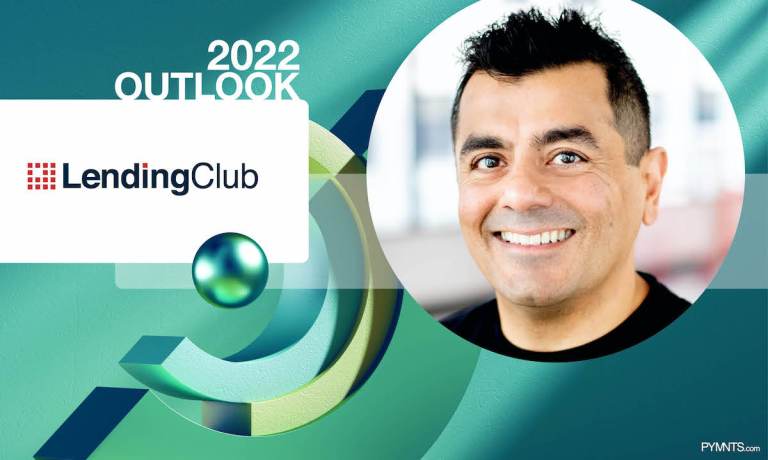FinTechs and the Retail Banking Reset

“Bank” is no longer just a location — somewhere you go — but has transformed into a verb — something you do. As the industry goes through a top-to-bottom digital revolution, it’s time for traditional banks and FinTechs to start working together to offer customers personalized products that suit the new paradigm, writes LendingClub Senior VP, Financial Health Officer Anuj Nayar in the PYMNTs eBook, “Endemic Economics: 32 Payments Execs on the ‘Next Normal’ That Never Happened.”
We have witnessed a seismic shift in the last two years, with COVID-19 accelerating digital transformation and forcing innovations to come years before some thought possible. In the financial industry, COVID-19 forced banks and FinTechs to innovate toward a future where customers can have integrated and seamless digital banking experiences One innovation that hit the mark was the reset in retail banking.
Customers used to value the convenience of having a branch nearby. Now they value the convenience of seamless online banking. “Bank” is no longer just a location — somewhere you go — but has transformed into a verb — something you do. Retail banking was one of the last industries that hadn’t been fundamentally changed with the dawn of the internet. Now, it’s going through a top-to-bottom revolution.
It used to be that traditional banks and FinTechs were on opposing sides, but now some FinTechs are challenging what is possible by becoming banks. Since LendingClub became a bank in early 2021, other FinTechs have followed suit. Not only does this hybrid structure have substantial financial implications, but this integration of technology and banking enables FinTechs to create truly personalized products that focus on the customer’s financial journey, which is the future of retail banking.
Traditional banks often treat each financial product as a standalone profit center with little to no insight into each customer’s needs or financial health journey. On the other hand, while many FinTechs claim to put customers first, they are limited by current federal regulations. Through bank partnerships, they are often simply new, attractive front ends for the traditional banking system and banking products.
The solution for retail banking isn’t simply to have banks acquire FinTechs or bank-FinTech partnerships because retail banking needs to be broken down and rethought from the ground up. One potential solution is for a FinTech to actually become a bank in order to make retail banking work for today’s digital world. Only when banks and FinTechs abandon their loyalty to legacy systems can they rethink how to deliver retail banking services and be truly on the customers’ side, providing services and products that meet the needs of their financial journey.
While many years away, one of the innovations that I’m excited to see come from this change in retail banking is intelligent finance. Through data and the cloud, retail banking will bring to the masses the personalized money management that the ultra-wealthy have — where liquidity and returns are automatically routed to the best place for the money you have and the lowest price debt sought for the money you owe.